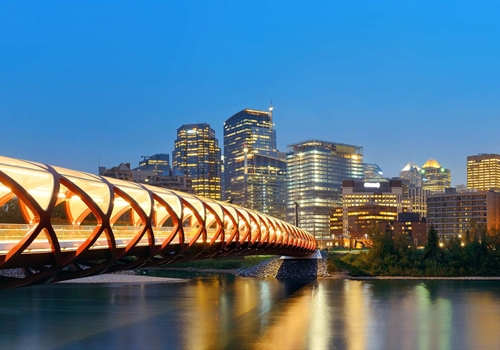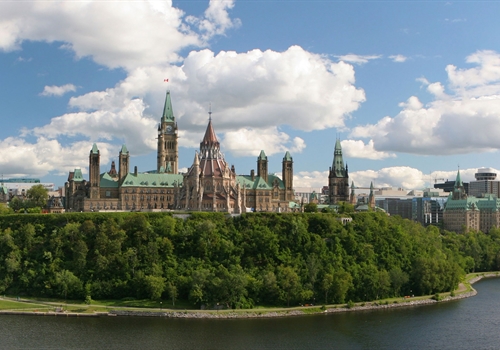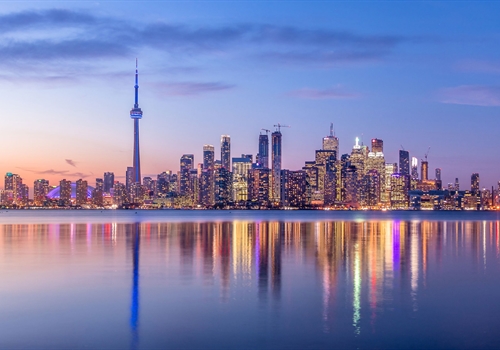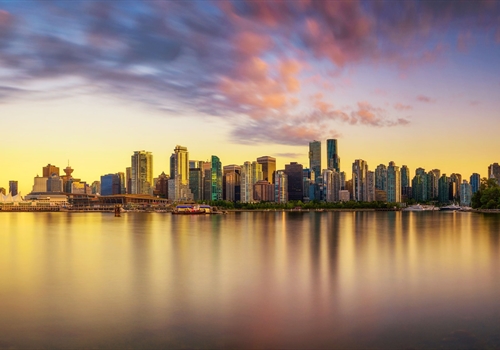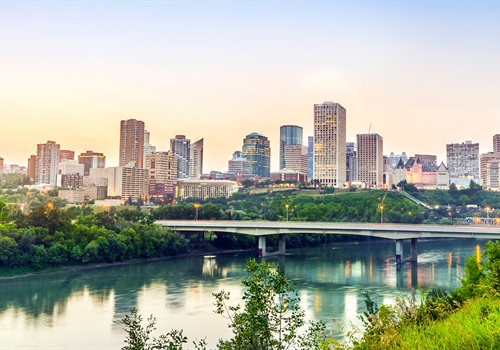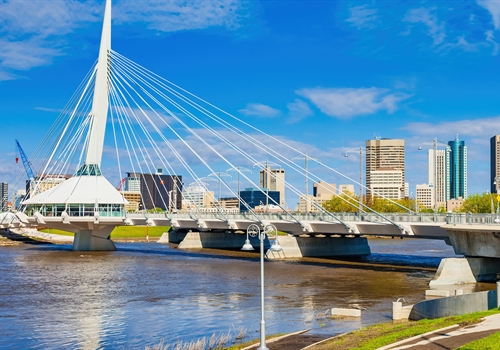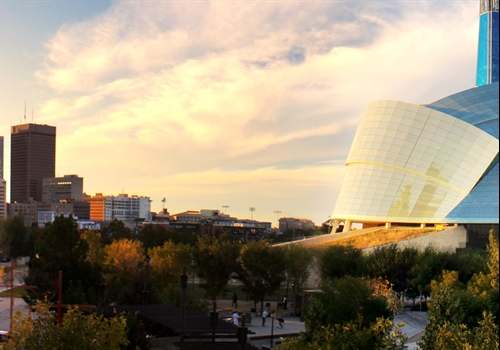Mongolia
Risk / Health Info for Mongolia
Your healthcare adviser at Canadian Travel Clinics can help you make sure your regular shots are up to date before you go to Mongolia. You should also consider vaccinations to prevent hepatitis A and typhoid, to avoid these gastrointestinal illnesses caused by contaminated food and water.
Travellers who plan to visit Mongolia often or stay an extended period should get the hepatitis B shot. Spread by contact with blood or body fluids, hep B is also a risk for people who work in healthcare or dentistry in Mongolia, or for anyone who comes in contact with dirty needles or engages in unprotected sex. Children are also at risk of hepatitis B through cuts and scrapes.
There is tick-borne encephalitis in Mongolia, so talk to us about getting vaccinated, especially if you plan to visit between late spring and early autumn, and if you plan to work in agriculture or go camping, mountain biking or walking. Avoid getting bitten by ticks carrying TBE and Lyme disease by wearing long pants and long-sleeved shirts in Mongolia.
Animals in Mongolia can carry rabies. If you might be around dogs or bats, or other animals, make sure you are vaccinated. Children are often more at risk of injured by an animal. Always get prompt medical care if you have been bitten or scratched, even if you’ve had your shot.
Guard against “travellers’ diarrhea” by making sure you drink commercially bottled water in Mongolia, including in your ice cubes, and sticking to foods you can peel or have been cooked or boiled. Drinking tea is safe, as it will have been boiled.
Mongolia enjoys many days of bright sunshine, so a good sunblock is recommended. But be careful of hypothermia because the temperature can drop to −30°C in winter.
Air quality, especially in Mongolia’s capital of Ulaanbaatar, can be poor, so travellers with respiratory conditions should take precautions.
Medical standards are low in Mongolia. Some hospitals in Ulaanbaatar serve foreigners but may be short of supplies and staff. Before you leave Canada, make sure you have health insurance that can cover evacuation if needed, and check with your provincial or territorial health authority for more information.
The number for medical emergencies in Mongolia is 103.
- Altitude in Mongolia
- Parts of Mongolia are higher than 2,400m, and travellers planning to spend time at a high altitude should take steps to protect themselves against the potentially life-threatening acute mountain sickness. Your healthcare provider can help with this.
Recommended Vaccines for Mongolia
| Vaccine Name | Course |
|---|---|
| Hepatitis A | 2 Doses |
| Hepatitis A and B combined (adult) | 3 Doses |
| Hepatitis A and B combined (paediatric) | 2 Doses |
| Hepatitis A and typhoid (combined) | 1 Dose |
| Hepatitis A (paediatric) | 1 Dose |
| Hepatitis B | 3 Doses |
| Hepatitis B (paediatric) | 3 Doses |
| Typhoid | 1 Dose |
| Typhoid (oral) | 1 Dose |
Book your Travel Vaccinations For Mongolia
SELECT YOUR NEAREST CLINIC
top Tips for travelling to Mongolia
Gers, or yurts, are both cozy and spacious, and are the perfect accommodation. Mongolia is among the last places in the world where you can enjoy vast expanses of pristine wilderness. It is also a great place to buy cashmere — Mongolian goats produce much of the world’s supply.

